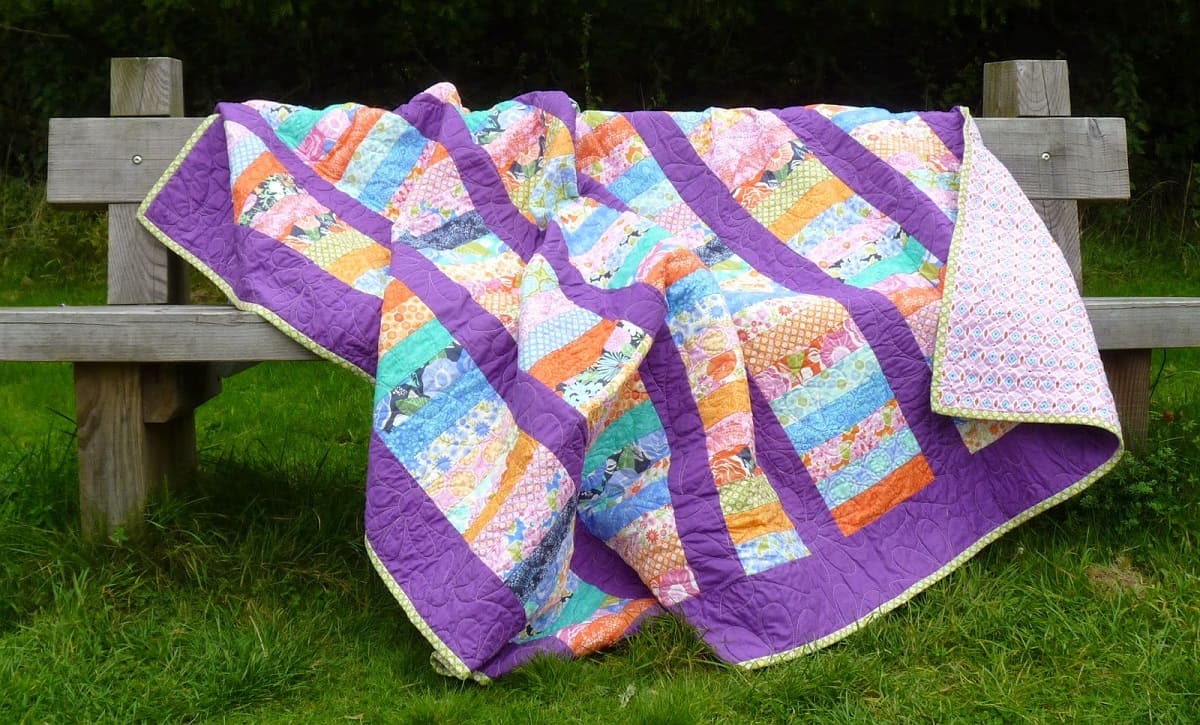

Articles
What Size Quilt Does A Jelly Roll Make
Modified: October 23, 2024
Discover what size quilt a jelly roll can make with our informative articles. Find tips, tutorials, and inspiration for your next quilting project.
(Many of the links in this article redirect to a specific reviewed product. Your purchase of these products through affiliate links helps to generate commission for Storables.com, at no extra cost. Learn more)
Introduction
Quilting is a popular craft that has been practiced for centuries, with people creating beautiful and intricate designs using fabric and thread. One versatile and convenient option for quilting enthusiasts is a jelly roll. While the name might sound delicious, a jelly roll in the quilting world refers to a specific type of fabric bundle that can be used to create stunning quilt projects.
In this article, we will delve into the world of jelly rolls and explore the size of quilts that can be made from these unique fabric strips. Whether you are a seasoned quilter or a beginner looking to embark on your first quilting adventure, understanding the size and potential of jelly roll quilts will help you create projects that are both visually appealing and functional.
So, what exactly is a jelly roll? Well, in quilting terms, a jelly roll is a collection of pre-cut fabric strips, usually 2.5 inches in width, that are rolled up and neatly packaged. These bundles typically contain around 40 fabric strips, providing a wide variety of colors and patterns to work with. Jelly rolls are often created by fabric manufacturers who curate coordinating designs and colors, eliminating the need for quilters to spend time and effort selecting and cutting individual fabrics.
When it comes to determining the quilt size that can be made using a jelly roll, there are a few factors to consider. These include the desired finished dimensions of the quilt, the number and length of fabric strips in the jelly roll, and the quilt pattern or design you plan to use. By understanding these factors, you can confidently select a jelly roll and create a quilt that matches your vision.
Key Takeaways:
- Jelly rolls offer quilters a hassle-free way to work with coordinating fabrics, saving time and effort in fabric selection and cutting. They provide endless possibilities for creating stunning quilts and other sewing projects.
- When determining the size of a quilt made from a jelly roll, consider factors such as intended use, desired finished dimensions, and the quilting technique. With careful planning, you can create a beautiful quilt that perfectly fits your vision and meets your quilting needs.
Read more: How To Make A Jelly Roll Quilt
What is a Jelly Roll?
A jelly roll, in the context of quilting, is a term used to describe a fabric bundle that contains pre-cut strips that are 2.5 inches in width. The strips are typically cut across the width of the fabric, resulting in long and narrow pieces of fabric. These strips are often rolled up and packaged neatly, hence the name “jelly roll.”
Jelly rolls are incredibly popular among quilters as they offer convenience and variety. Instead of spending time selecting and cutting multiple fabrics, quilters can simply purchase a jelly roll and have an assortment of coordinating fabric strips ready to use in their projects. This saves time and effort, making jelly rolls a great option for quilters of all skill levels.
One of the main advantages of using jelly rolls is that they provide a cohesive and harmonious color palette. Fabric manufacturers carefully curate the selection of fabrics within a jelly roll, ensuring that the colors and patterns coordinate well with each other. This eliminates the guesswork involved in choosing fabrics individually and guarantees that the final quilt will have a visually pleasing aesthetic.
Another benefit of using jelly rolls is the efficient use of fabric. The pre-cut strips are designed to maximize the use of fabric, minimizing waste and ensuring that the quilter gets the most out of their materials. This is particularly useful for quilters who want to create quilts with a variety of fabrics but don’t want to purchase full yards of each fabric.
Jelly rolls are also versatile in terms of design possibilities. The strips can be used in various quilt patterns, including log cabin, rail fence, and strip quilts. Additionally, quilters can experiment with different ways to arrange and connect the strips to create unique and personalized designs.
While jelly rolls are commonly associated with quilting, they can also be used in other sewing and crafting projects. The narrow strips can be used to create borders, bindings, or embellishments for garments, bags, and home decor items.
In summary, a jelly roll is a convenient and versatile fabric bundle that contains pre-cut fabric strips measuring 2.5 inches in width. They offer quilters a hassle-free way to work with coordinating fabrics and provide endless possibilities for creating stunning quilts and other sewing projects.
Determining Quilt Size
Determining the size of a quilt is an essential step in the quilting process, as it helps ensure that the final result meets your expectations. When using a jelly roll, several factors come into play when deciding on the quilt size. Here are some key considerations to keep in mind:
1. Intended Use: Think about how the quilt will be used. Are you making a lap quilt, a baby quilt, or a bed quilt? This will help you determine the appropriate dimensions for your project.
2. Desired Finished Dimensions: Consider the size of the finished quilt that you want. Are you looking for a small and cozy quilt or a larger statement piece? Measure the area where the quilt will be used to gauge the appropriate size.
3. Quilting Technique: Different quilting techniques may require specific quilt sizes. For example, if you plan to use intricate patterns or detailed quilting designs, you might want a larger quilt to showcase the details. On the other hand, if you prefer a simpler design, a smaller quilt might be more suitable.
4. Bed Size: If you are making a quilt for a bed, it is important to consider the size of the bed. Standard bed sizes, such as twin, full, queen, and king, will give you a guideline for determining the dimensions of the quilt.
5. Personal Preference: Ultimately, the size of the quilt should align with your personal preference. Consider what you find visually appealing and what will work best for your intended use and space.
Once you have determined the size of the quilt, you can move on to selecting the appropriate jelly roll. While jelly rolls typically come with around 40 fabric strips, the number of strips needed for your project will vary depending on the pattern, design, and size of the quilt. It is always a good idea to have a few extra strips on hand in case you need them or want to add more variety to your project.
Remember, quilting is a creative and personalized craft, and there are no strict rules when it comes to quilt sizes. It’s all about finding the right balance between your desired dimensions and the available resources. With careful consideration and planning, you can create a beautiful quilt that perfectly fits your vision and meets your quilting needs.
Factors to Consider
When determining the size of a quilt made from a jelly roll, it’s important to take several factors into consideration. These factors will help ensure that your quilt turns out the way you envision it. Here are some key factors to consider:
1. Jelly Roll Size: The size of the jelly roll itself will play a role in determining the size of your quilt. Jelly rolls typically contain fabric strips that are 2.5 inches wide. Take into account the number of strips in the jelly roll and how that will affect the overall size of your quilt.
2. Pattern or Design: The quilt pattern or design you choose will influence the dimensions of your quilt. Some patterns may require more fabric strips or larger quilt blocks, resulting in a larger quilt. Consider the pattern’s requirements and adjust the size accordingly.
3. Borders and Sashing: Borders and sashing are additional fabric elements that can be added to your quilt. These can increase the overall size of your quilt. Decide whether you want to include borders or sashing and how they will impact the final dimensions.
4. Binding: The binding is the fabric strip that finishes the edges of the quilt. It’s important to factor in the width of the binding when determining the quilt size. The binding is typically folded in half and sewn to the quilt, so take this into account when calculating the finished dimensions.
5. Quilting Method: Consider the quilting method you plan to use. If you intend to quilt by hand or machine, this may affect the amount of space you need for quilting stitches. It’s important to leave enough room in your quilt design to accommodate the quilting process.
6. Backing Fabric: The fabric used for the backing of your quilt will also impact the overall dimensions. Determine the size of the backing fabric you have or plan to use and calculate how it will align with the top of your quilt.
7. Practical Considerations: Consider the practicality of the quilt size for its intended use. Will it fit on a bed properly? Is it the right size for a lap quilt? Think about the functionality and purpose of the quilt when determining its dimensions.
By taking these factors into account, you can make informed decisions about the size of your quilt and ensure that it meets your design preferences, practical needs, and quilting goals. Remember, quilting is a creative endeavor, so don’t be afraid to experiment and adjust the dimensions to suit your vision and creativity.
Common Quilt Sizes
When it comes to quilts, there are several common sizes that are widely used and recognized. These standard sizes provide a starting point for determining the dimensions of your quilt. Here are some of the most common quilt sizes:
1. Baby Quilt: Baby quilts are typically smaller in size and are perfect for cribs or as a cozy blanket for a little one. The standard size for a baby quilt is around 36 inches by 52 inches (91 cm x 132 cm).
2. Lap Quilt: Lap quilts are larger than baby quilts and are designed to cover an adult’s lap comfortably. These quilts are versatile and can be used for snuggling up on the couch or as a decorative throw. The standard size for a lap quilt is around 50 inches by 65 inches (127 cm x 165 cm).
3. Twin Quilt: Twin quilts are commonly used on twin-sized beds and are suitable for both children and adults. The standard size for a twin quilt is around 68 inches by 88 inches (173 cm x 224 cm).
4. Full/Double Quilt: Full or double quilts are larger and are designed to fit full or double beds. These quilts are commonly used in guest rooms or college dorms. The standard size for a full/double quilt is around 84 inches by 88 inches (213 cm x 224 cm).
5. Queen Quilt: Queen quilts are perfect for queen-sized beds and offer a comfortable layer of warmth and style. The standard size for a queen quilt is approximately 90 inches by 95 inches (229 cm x 241 cm).
6. King Quilt: King quilts are the largest of the standard sizes and are meant for king-sized beds. These quilts provide ample coverage and are often used as a statement piece in the bedroom. The standard size for a king quilt is around 108 inches by 95 inches (274 cm x 241 cm).
It’s important to note that these sizes are general guidelines, and quilt sizes can vary depending on personal preference and design choices. Additionally, keep in mind that the measurements provided are for the top of the quilt and do not include any additional length or width for borders, binding, or drop length.
When choosing the size of your quilt, consider the dimensions of mattresses, the desired amount of drape, and any specific requirements you have for the quilt’s use. Ultimately, selecting a size that fits your needs and preferences will result in a quilt that is functional and visually appealing.
A standard jelly roll typically contains 40 strips of fabric, each measuring 2.5 inches by the width of the fabric (usually 42-44 inches). This is enough to make a lap size quilt, approximately 50-60 inches square.
How Many Strips in a Jelly Roll?
One of the key features of a jelly roll is the number of fabric strips contained within the bundle. Typically, a standard jelly roll will consist of approximately 40 fabric strips. These strips are usually cut to a width of 2.5 inches, providing quilters with a variety of options for their projects.
The number of strips in a jelly roll can vary slightly depending on the manufacturer and collection. Some jelly rolls may contain a few extra strips, while others may include fewer strips. It’s always a good idea to check the packaging or product description to confirm the specific number of strips in the jelly roll you are interested in purchasing.
Having a substantial number of fabric strips in a jelly roll offers quilters an extensive range of color and pattern options for their projects. With 40 strips, you’ll have plenty of variety and the ability to create visually interesting and dynamic designs. From traditional to modern or scrappy to coordinated, the possibilities are endless.
However, it’s important to note that while a jelly roll can provide a great starting point, additional fabric may be required depending on the size of your quilt or the pattern you choose. If you plan to make a larger quilt or incorporate complex block patterns, consider supplementing the jelly roll with additional fabric to ensure you have enough fabric strips to complete your project.
Additionally, it’s worth mentioning that the 40 fabric strips in a jelly roll are typically cut from a single fabric collection or line. This ensures that the fabrics coordinate harmoniously, making it easier to create a cohesive and visually pleasing quilt. The variety of colors and patterns available within a jelly roll allows for endless creativity and the ability to design unique and stunning quilts.
Whether you’re a beginner or an experienced quilter, working with a jelly roll can save you time and effort in fabric selection and cutting. The pre-cut strips provide a convenient and efficient way to start your quilting project and allow for more time spent on the fun and creative aspects of quilting.
In summary, a standard jelly roll generally contains around 40 fabric strips, each measuring 2.5 inches in width. This abundance of fabric strips provides quilters with a wide variety of options and inspiration for their quilt projects. So grab a jelly roll, unleash your creativity, and start quilting!
Calculating Jelly Roll Quilt Size
Calculating the quilt size when using a jelly roll involves considering the dimensions of the fabric strips and the desired finished size of your quilt. By understanding how to calculate the quilt size, you can make adjustments to suit your preferences and create a quilt that meets your vision. Here’s how you can calculate the quilt size using a jelly roll:
1. Measure the Jelly Roll Strips: Start by measuring the width of the fabric strips in the jelly roll. Typically, jelly roll strips are 2.5 inches wide. Make a note of this measurement as it will be used in the calculations.
2. Determine the Quilt Pattern: Decide on the quilt pattern or design you plan to use with the jelly roll. Some quilt patterns may require specific block sizes or arrangements, which will affect the overall quilt size.
3. Calculate the Number of Strips Needed: Determine how many fabric strips you would like to include in each row of your quilt. This will depend on the design or pattern you choose. For example, if your pattern requires 10 strips per row and you want to create a quilt that is 5 rows long, you would need a total of 50 fabric strips.
4. Calculate the Quilt Width: Multiply the number of fabric strips per row by the width of each strip (usually 2.5 inches) to find the width of your quilt. For example, if you want to use 10 fabric strips per row, the quilt width would be 10 multiplied by 2.5, resulting in a width of 25 inches.
5. Calculate the Quilt Length: Determine how long you want your quilt to be by measuring the desired length or referencing standard quilt sizes. Consider factors such as the size of the bed or the purpose of the quilt. Add any additional length for borders or drop length if desired.
6. Adjust for Borders and Binding: If you plan to add borders or binding to your quilt, take into account their width when calculating the final size. For example, if you add a 2-inch border to each side of the quilt, you would need to add 4 inches to the overall width and length measurements.
7. Consider Shrinkage: Keep in mind that quilts may experience some shrinkage due to washing or the quilting process. It’s wise to factor in a small amount of shrinkage when calculating the quilt size.
By following these steps, you can calculate the quilt size that best suits your design and desired finished dimensions. Remember to be flexible and adjust as needed based on personal preference and the requirements of your chosen pattern. With proper calculations, your jelly roll quilt will turn out just the way you envisioned it.
Examples and Patterns
When it comes to creating quilts using jelly rolls, there is no shortage of inspiring patterns and designs to choose from. Whether you’re a beginner or an experienced quilter, these examples and patterns can help you unleash your creativity and achieve stunning results with your jelly roll quilt projects. Here are a few popular options to consider:
1. Strip Quilt: The strip quilt is one of the simplest patterns you can create with a jelly roll. Begin by sewing the fabric strips together in a straight line, alternating colors and patterns as desired. This pattern allows the beauty of the fabric to shine through and is perfect for showcasing the variety within a jelly roll.
2. Log Cabin Quilt: The log cabin quilt is a classic pattern that can be adapted to jelly roll quilts. Each fabric strip is sewn in a rectangular shape around a center square, creating a log cabin effect. This pattern is versatile and allows for limitless design possibilities.
3. Jelly Roll Race Quilt: This pattern is known for its speed and simplicity. Simply sew the jelly roll fabric strips end-to-end to form a long strip, then fold it in half lengthwise and sew along the open edge. The resulting quilt is a stunning and dynamic design that can be finished quickly.
4. Irish Chain Quilt: The Irish Chain pattern can be easily adapted to jelly roll quilts. This pattern features blocks consisting of squares surrounded by fabric strips, creating a chain-like effect. By using jelly roll fabric strips, you can achieve a coordinated look or create a scrappy Irish Chain quilt.
5. Half-Square Triangle Quilt: This pattern utilizes half-square triangles to create visually appealing designs. Using jelly roll strips, you can quickly create these triangles and arrange them in various ways to achieve different patterns, such as pinwheels or chevrons.
6. Bargello Quilt: The Bargello quilt is known for its intricate and mesmerizing designs. By carefully arranging and sewing together jelly roll strips, you can create a stunning Bargello-inspired quilt, showcasing gradients and color transitions.
7. Hexagon Quilt: Hexagon quilts have gained popularity in recent years. With jelly roll fabric strips, you can utilize pre-cut hexagon templates to create a beautiful and unique quilt. Arrange the hexagons in your desired pattern and sew them together for a stunning effect.
These are just a few examples of the many patterns and designs that can be created using jelly rolls. When selecting a pattern, consider the size of your jelly roll, the number of fabric strips needed, and the desired finished dimensions of your quilt. The possibilities are endless, and with the vibrant and coordinated colors of a jelly roll, your quilt will be a true work of art.
Remember to always follow the pattern instructions and take your time to achieve precision in your quilt sewing. With practice and creativity, you can explore different patterns, experiment with color combinations, and create breathtaking quilts using jelly rolls. Let your imagination run wild and enjoy the process of quilting with jelly rolls.
Conclusion
Jelly rolls provide quilters with a convenient and exciting way to dive into their quilting projects. These bundles of pre-cut fabric strips offer a wide range of colors and patterns that coordinate perfectly for stunning quilt designs. By understanding the factors to consider and how to calculate the quilt size, you can confidently create jelly roll quilts that are both visually appealing and functional.
Throughout this article, we explored the world of jelly rolls, understanding what they are, the number of strips they contain, and the common quilt sizes that can be achieved using these versatile fabric bundles. We also discussed the factors to consider when determining the quilt size, such as the intended use, desired finished dimensions, and the quilting technique you plan to use.
With a variety of patterns and designs available, you can explore endless possibilities when creating jelly roll quilts. Whether you choose to go with a simple strip quilt, experiment with log cabin or Irish Chain patterns, or venture into more complex designs like Bargello or hexagons, the vibrant and coordinating colors of the jelly roll fabrics will add an extra wow factor to your quilt.
Remember to let your creativity flow and adapt the patterns to your preferences and personal style. Don’t be afraid to mix and match strips, add borders or sashing, and experiment with different quilt block arrangements to create truly unique and beautiful quilts.
As you embark on your jelly roll quilting journey, be sure to take your time, enjoy the process, and embrace the joy of creating something handmade and special. Whether you’re making a baby quilt, a lap quilt, or a quilt for a bed, the versatility of jelly rolls allows you to bring your vision to life and create cherished heirlooms or thoughtful gifts.
So grab your favorite jelly roll, fire up your sewing machine, and let your imagination run wild. With the knowledge and inspiration from this article, you are well-equipped to explore the world of jelly roll quilting and create beautiful, cohesive, and visually stunning quilts that are sure to impress. Happy quilting!
Frequently Asked Questions about What Size Quilt Does A Jelly Roll Make
Was this page helpful?
At Storables.com, we guarantee accurate and reliable information. Our content, validated by Expert Board Contributors, is crafted following stringent Editorial Policies. We're committed to providing you with well-researched, expert-backed insights for all your informational needs.
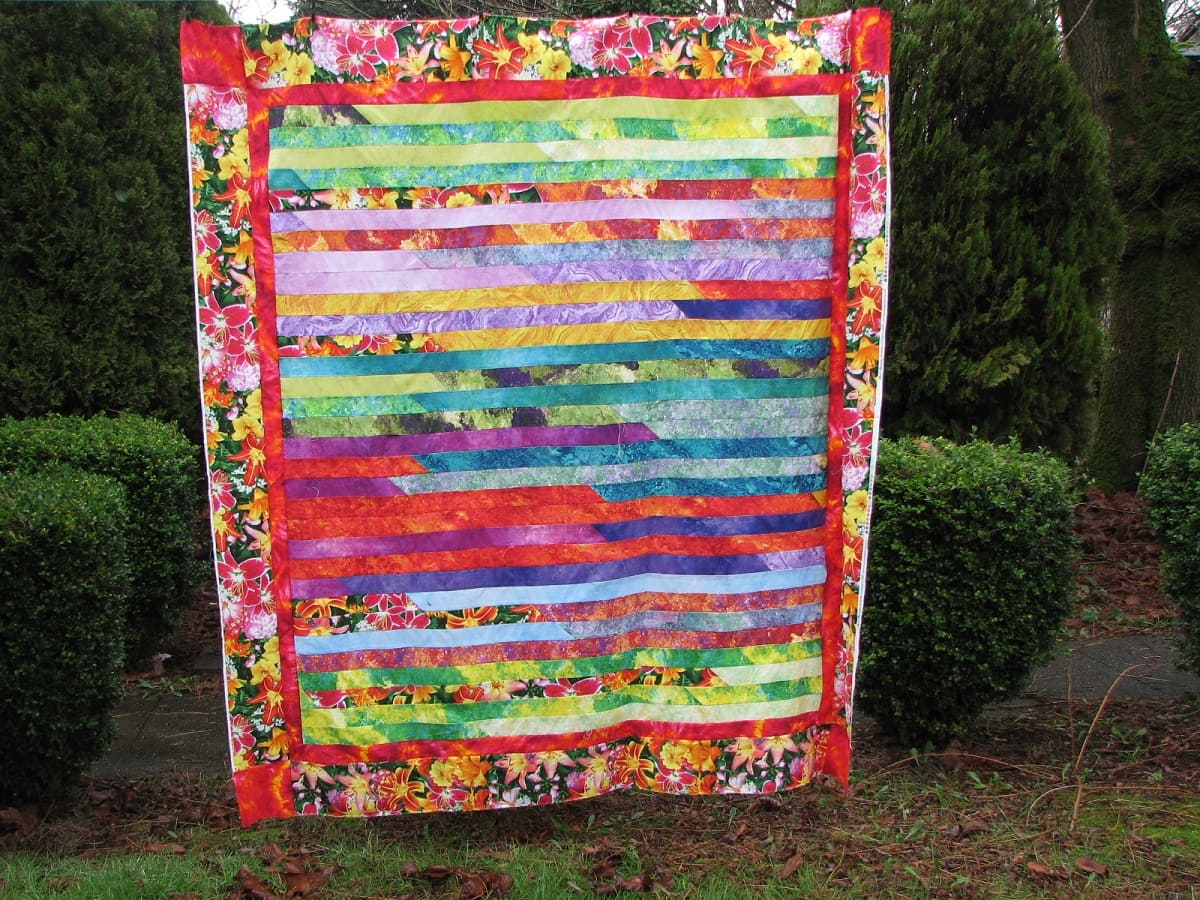
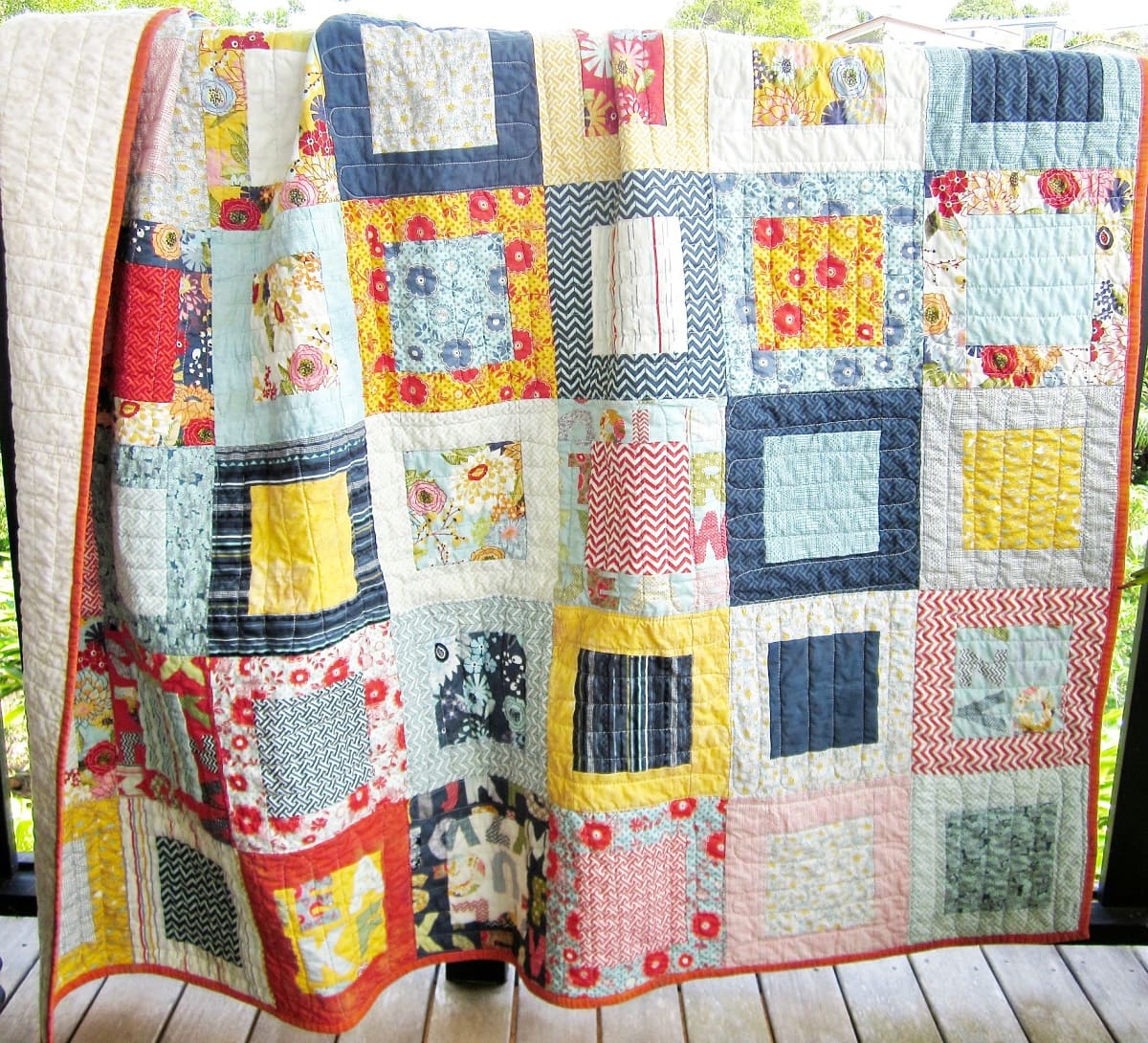
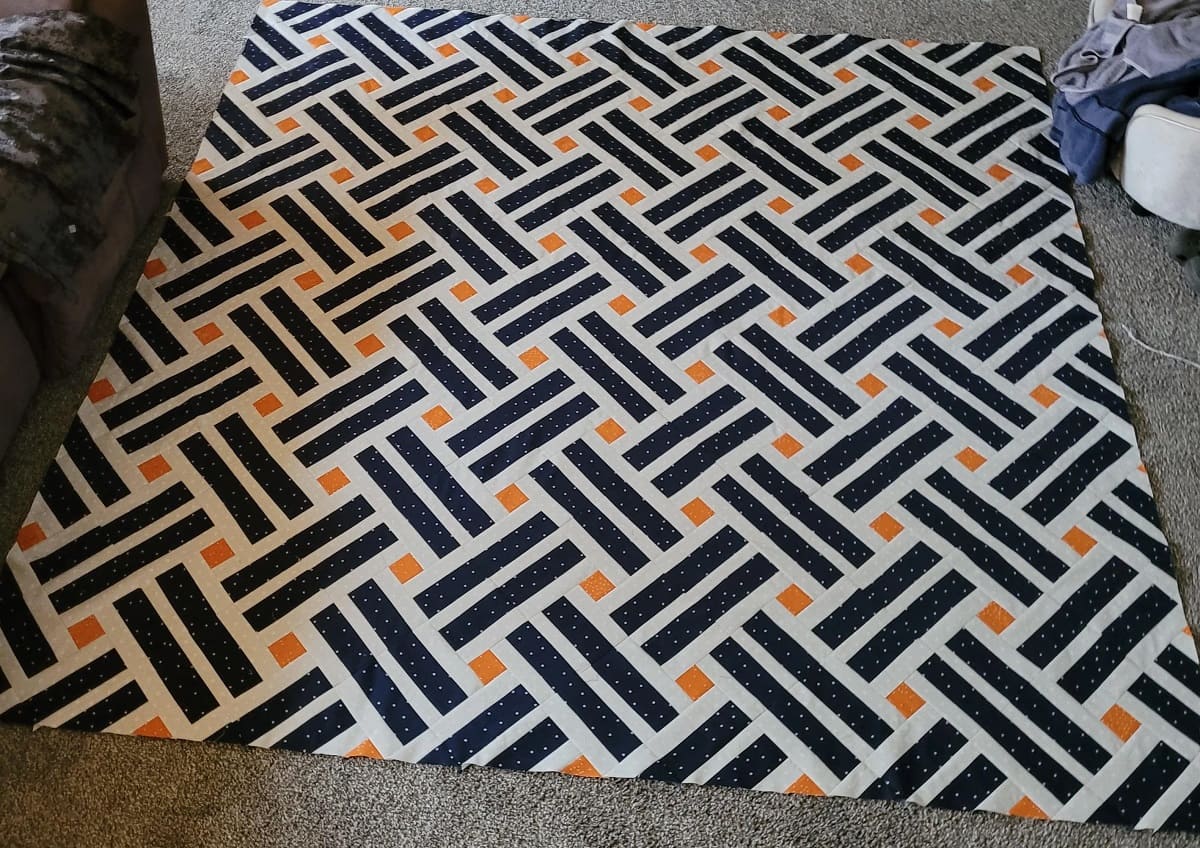
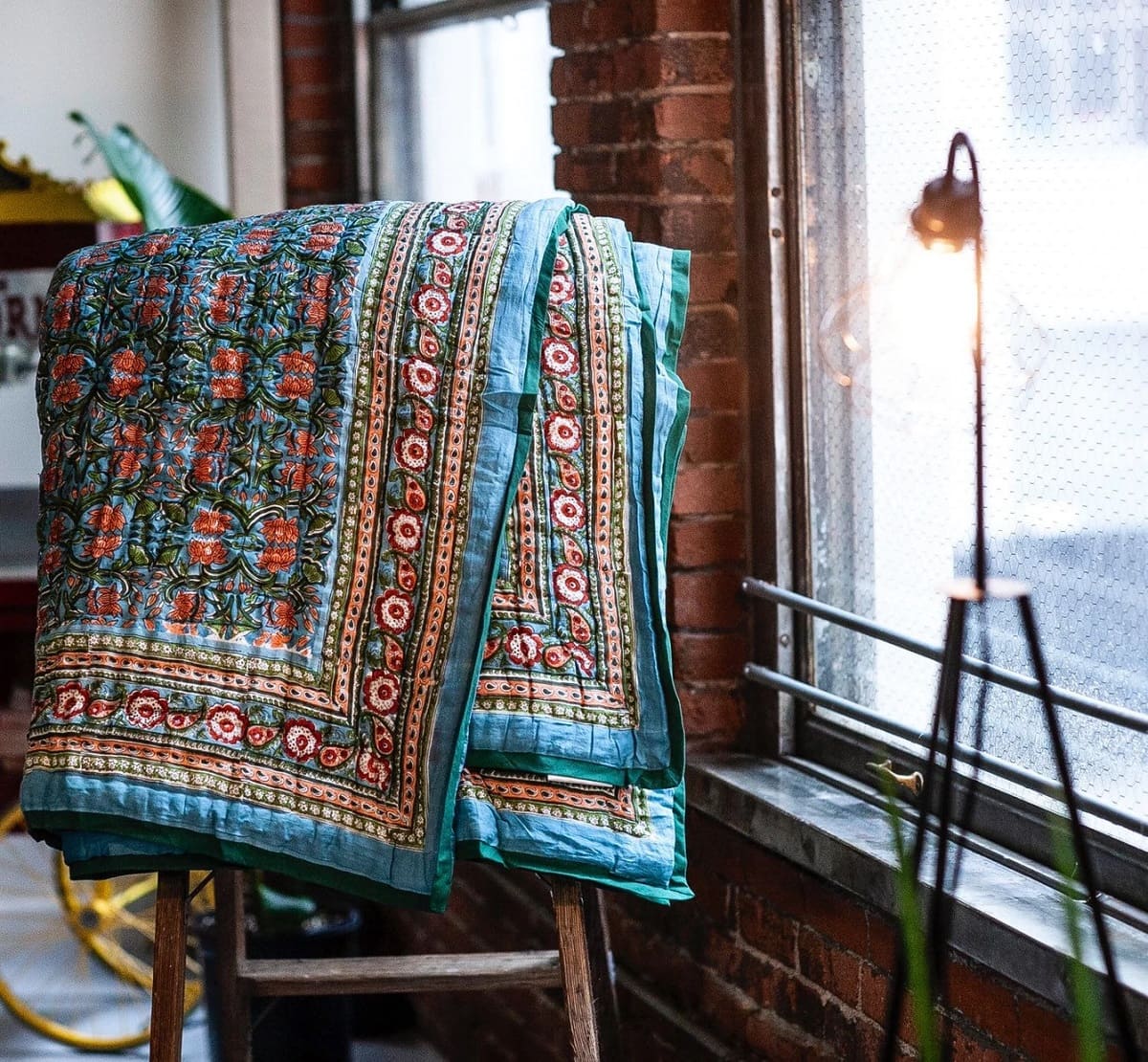
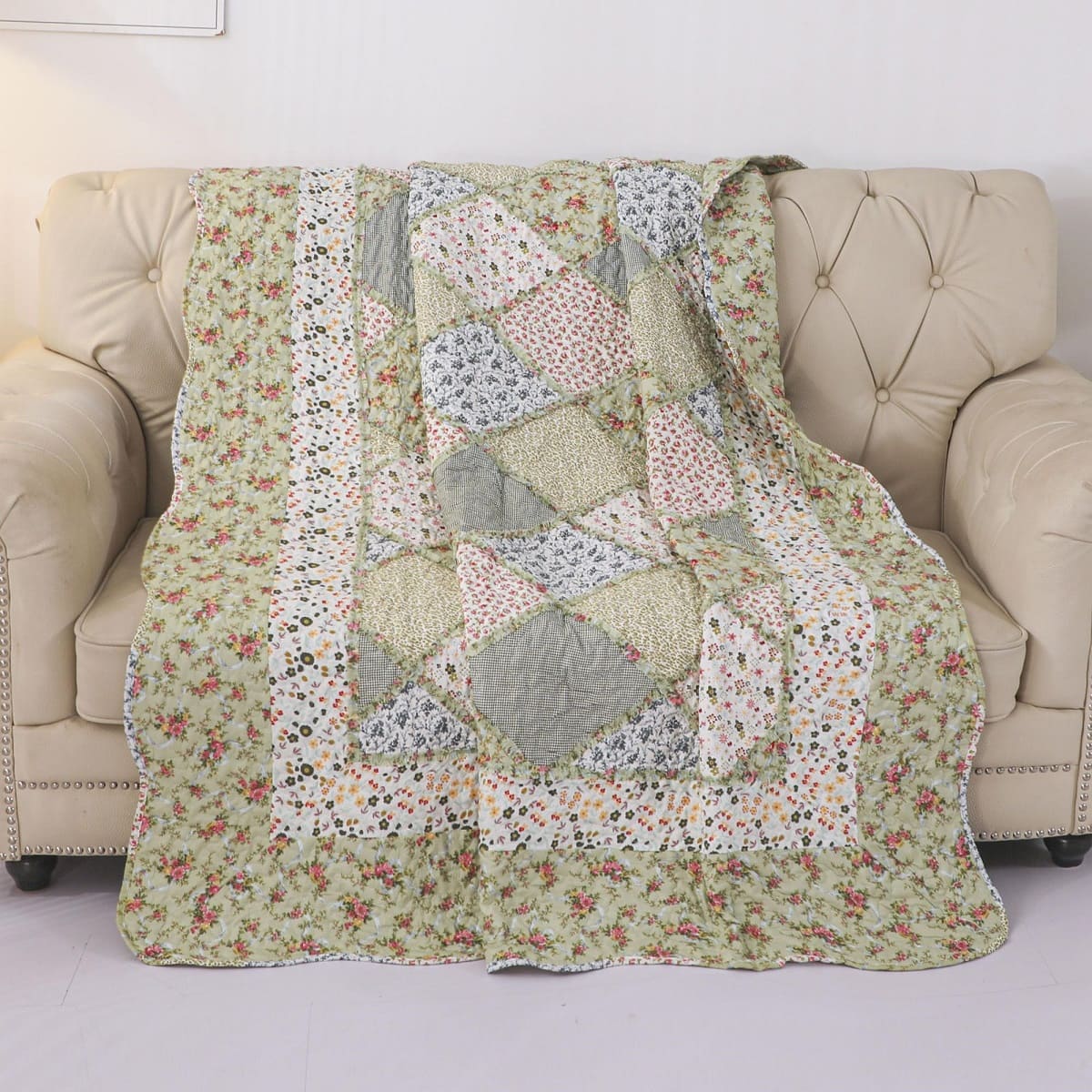
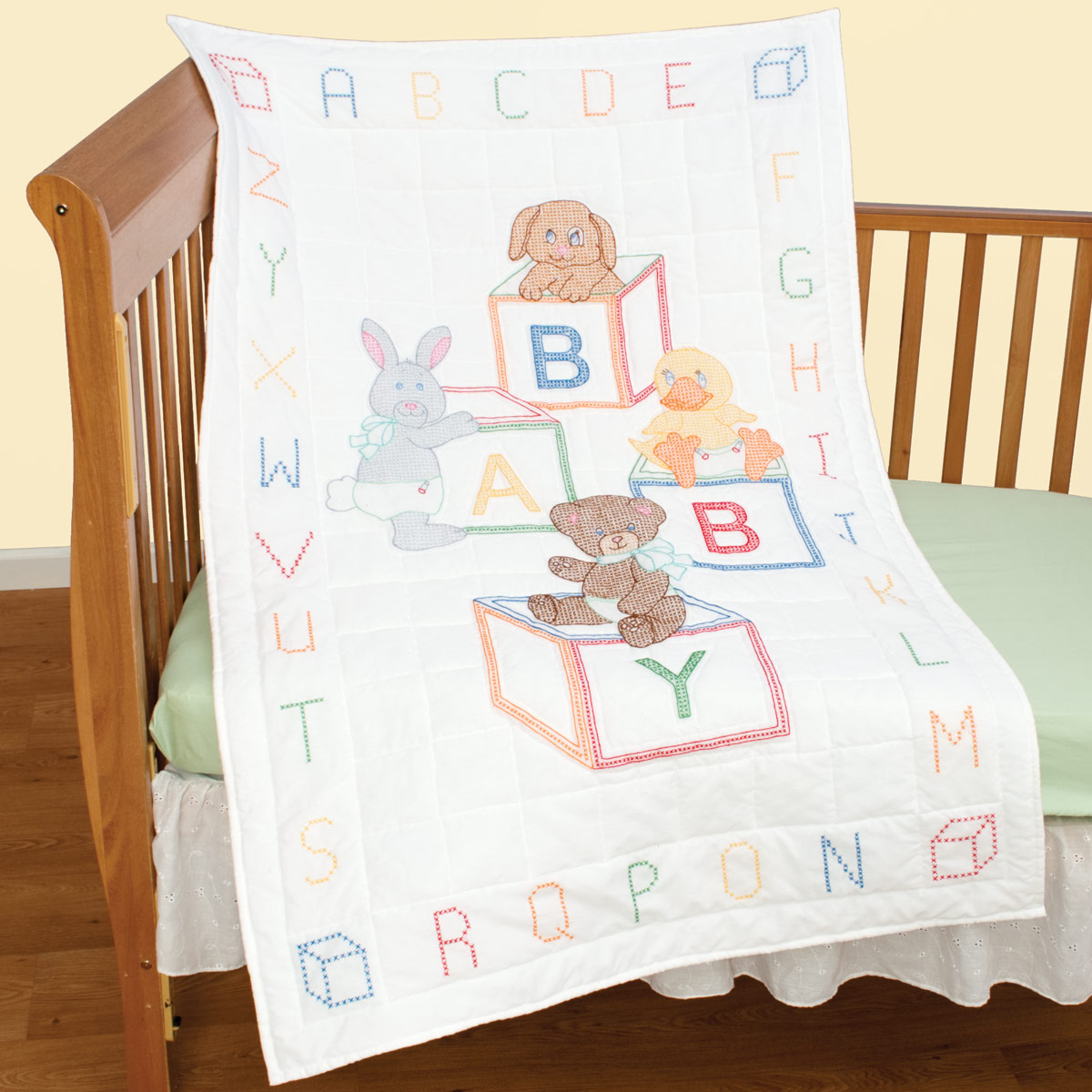
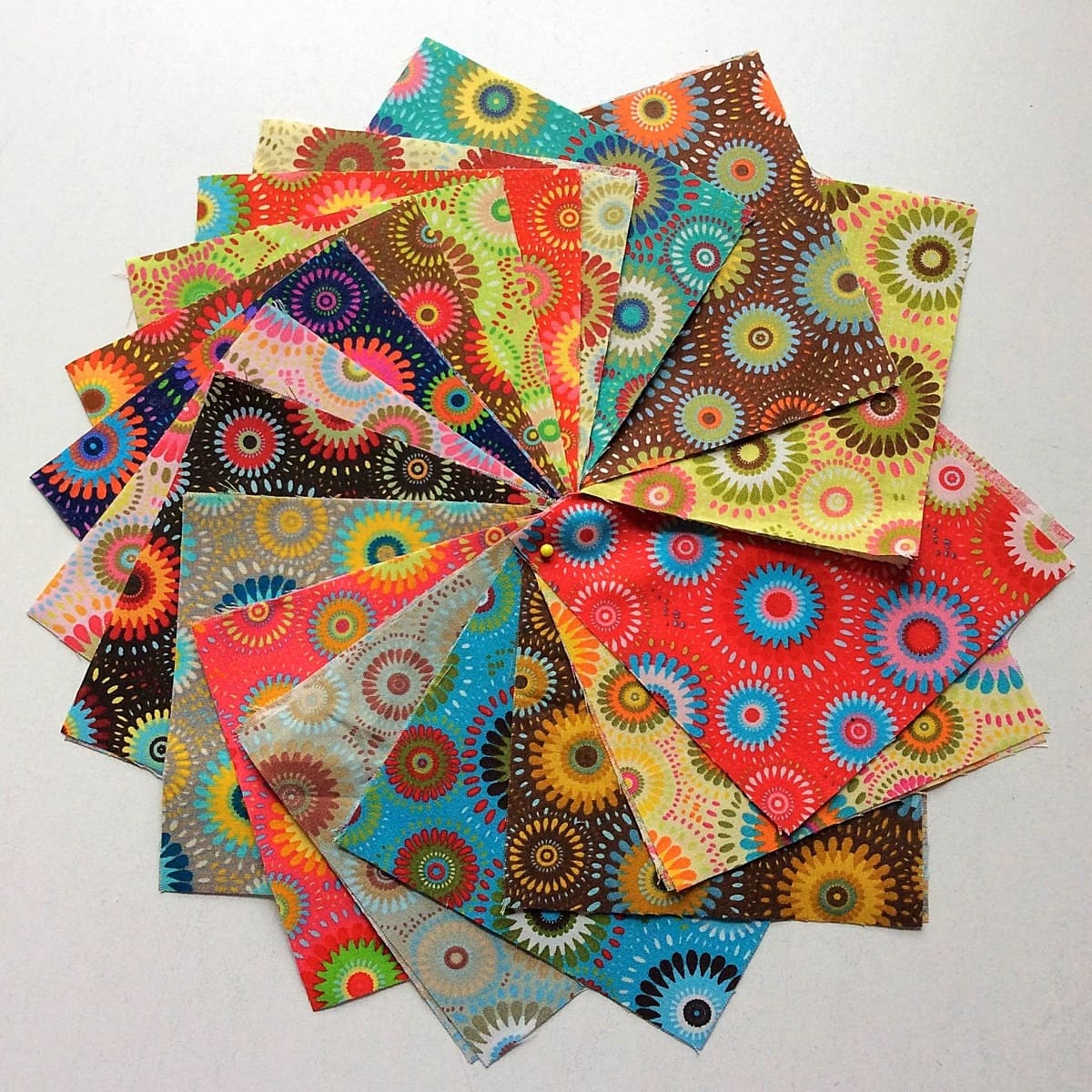
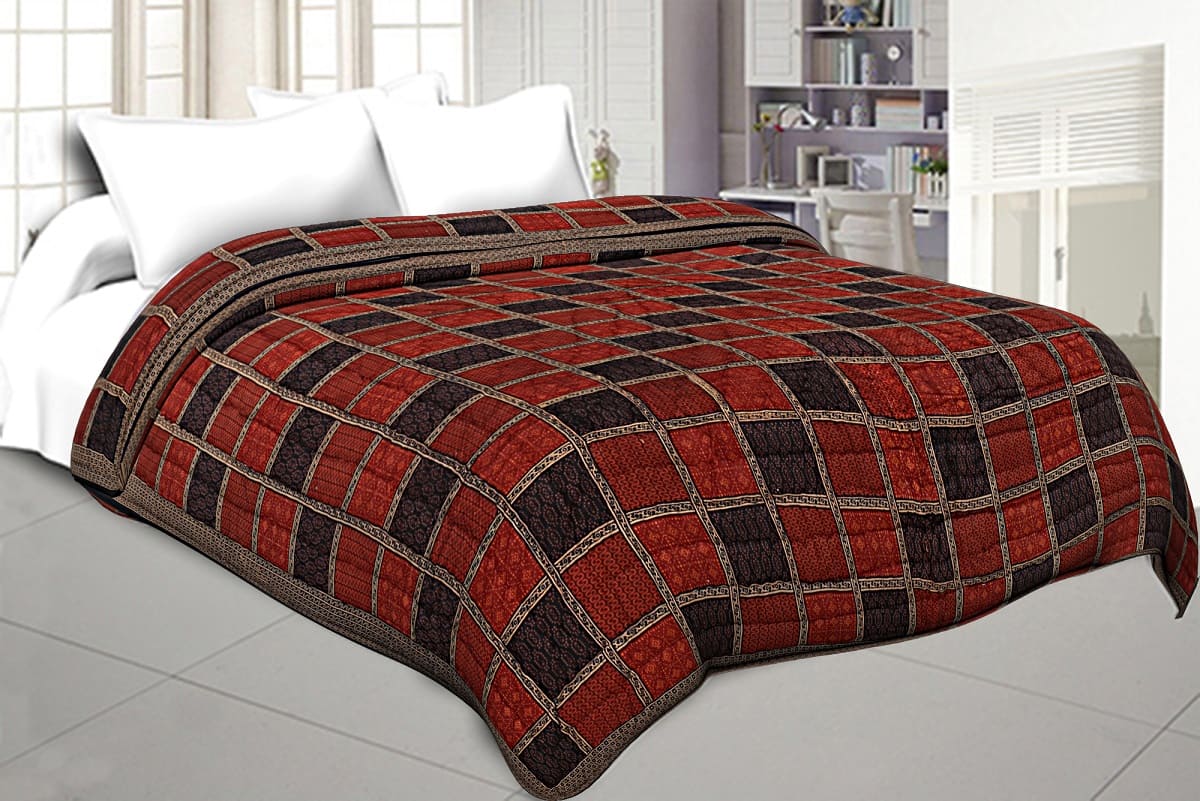
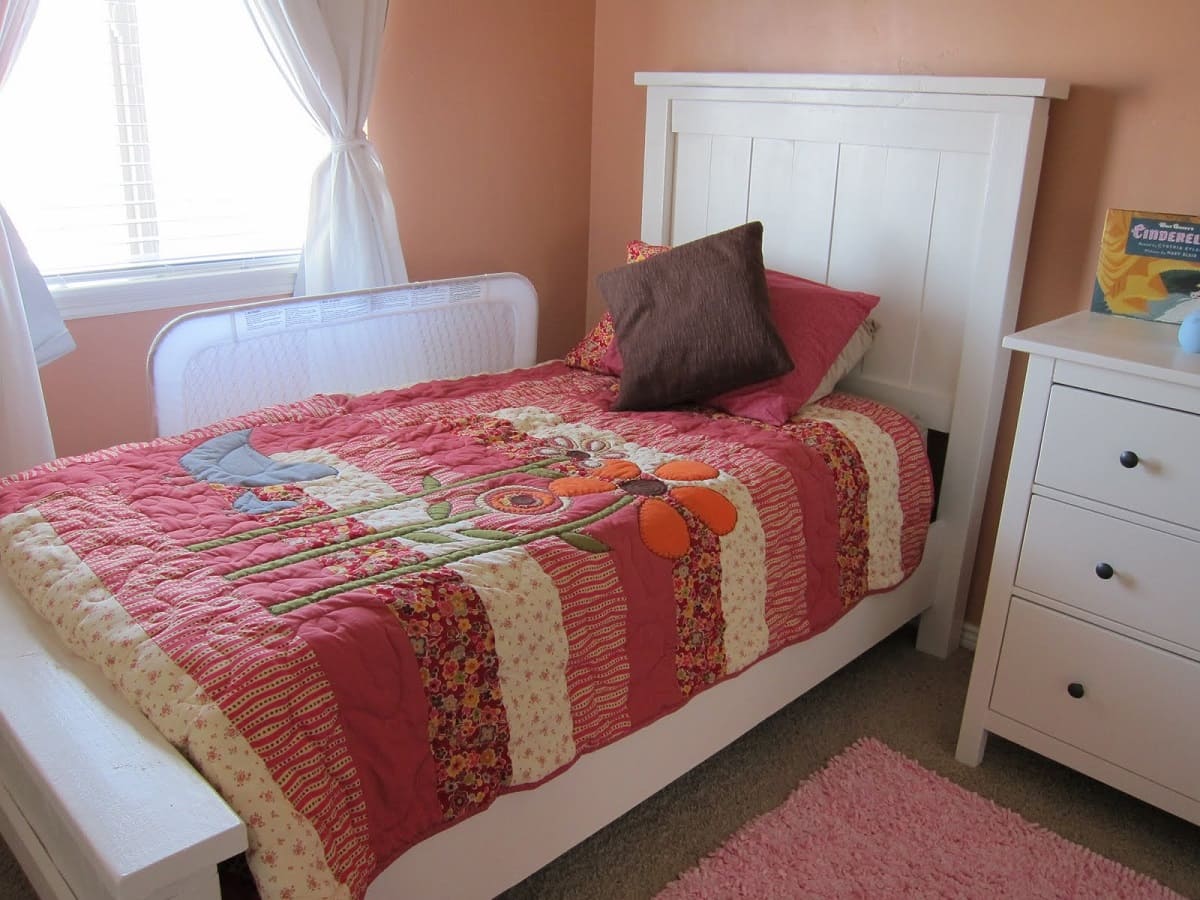
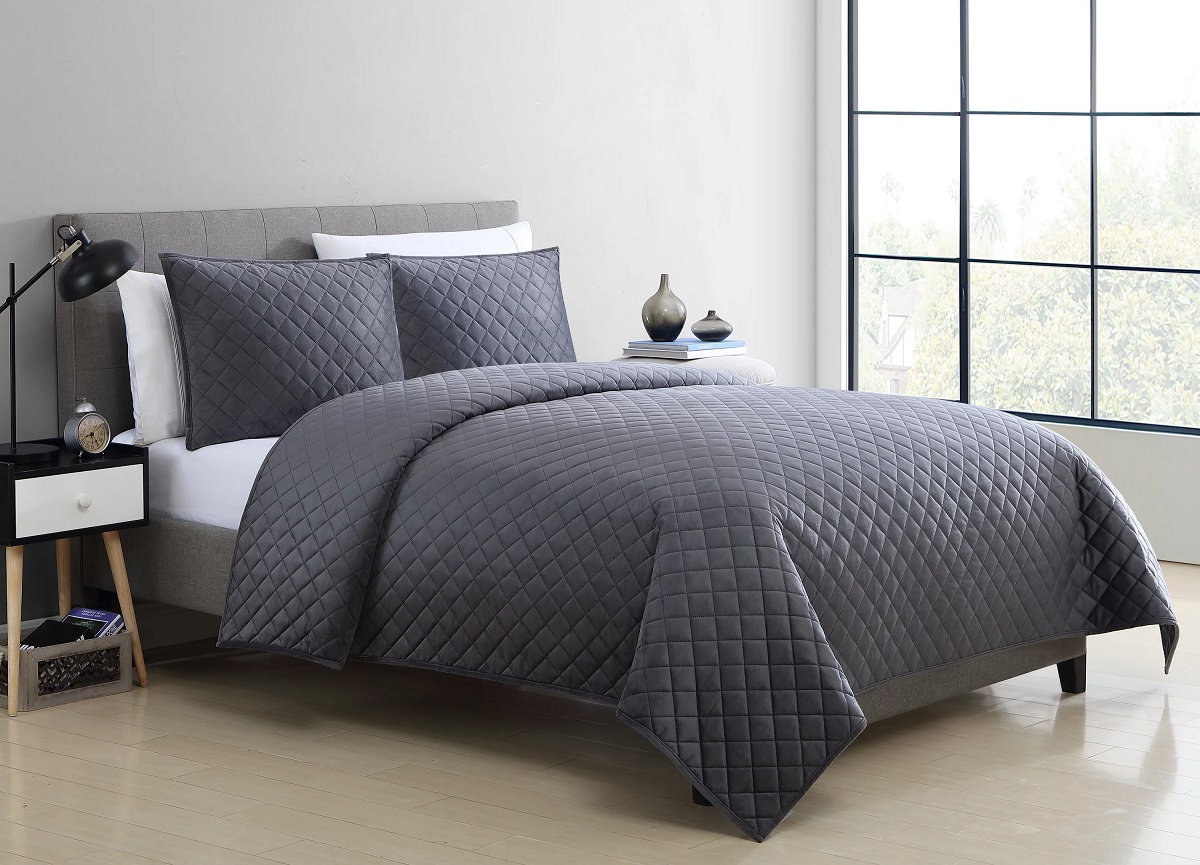
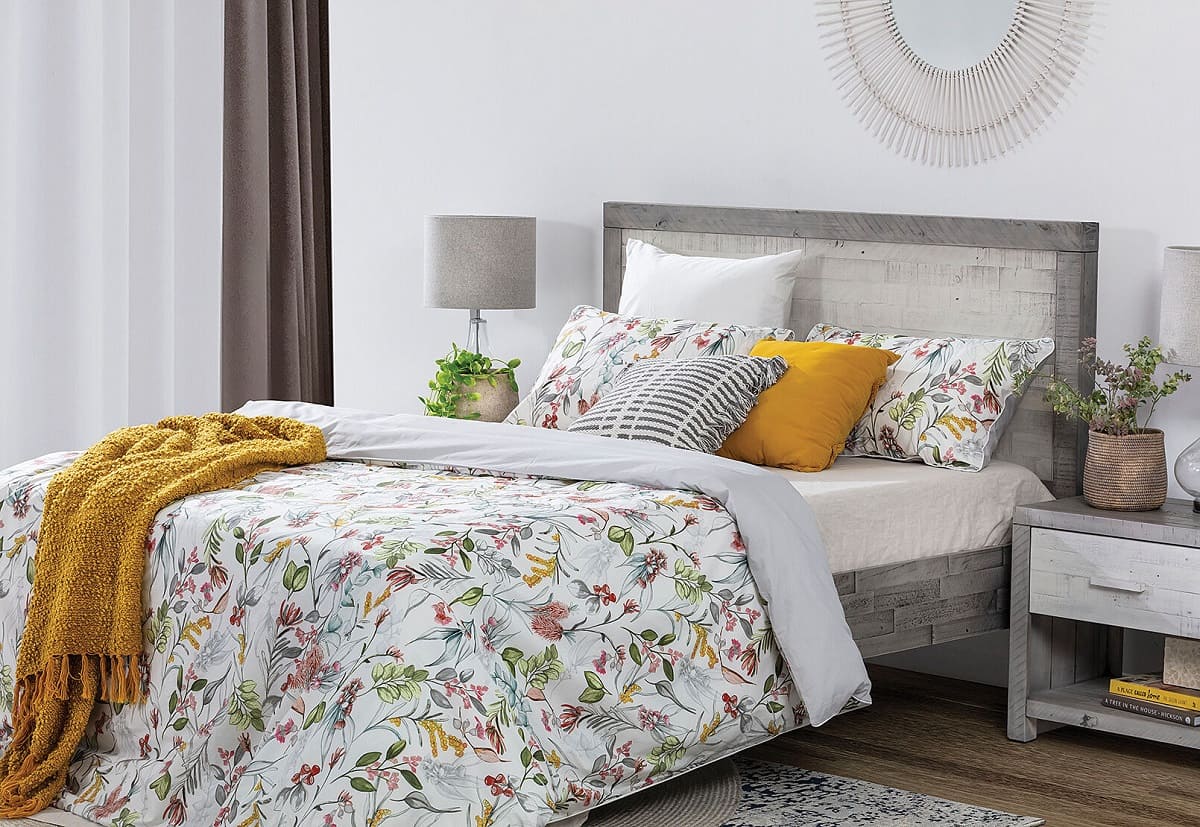
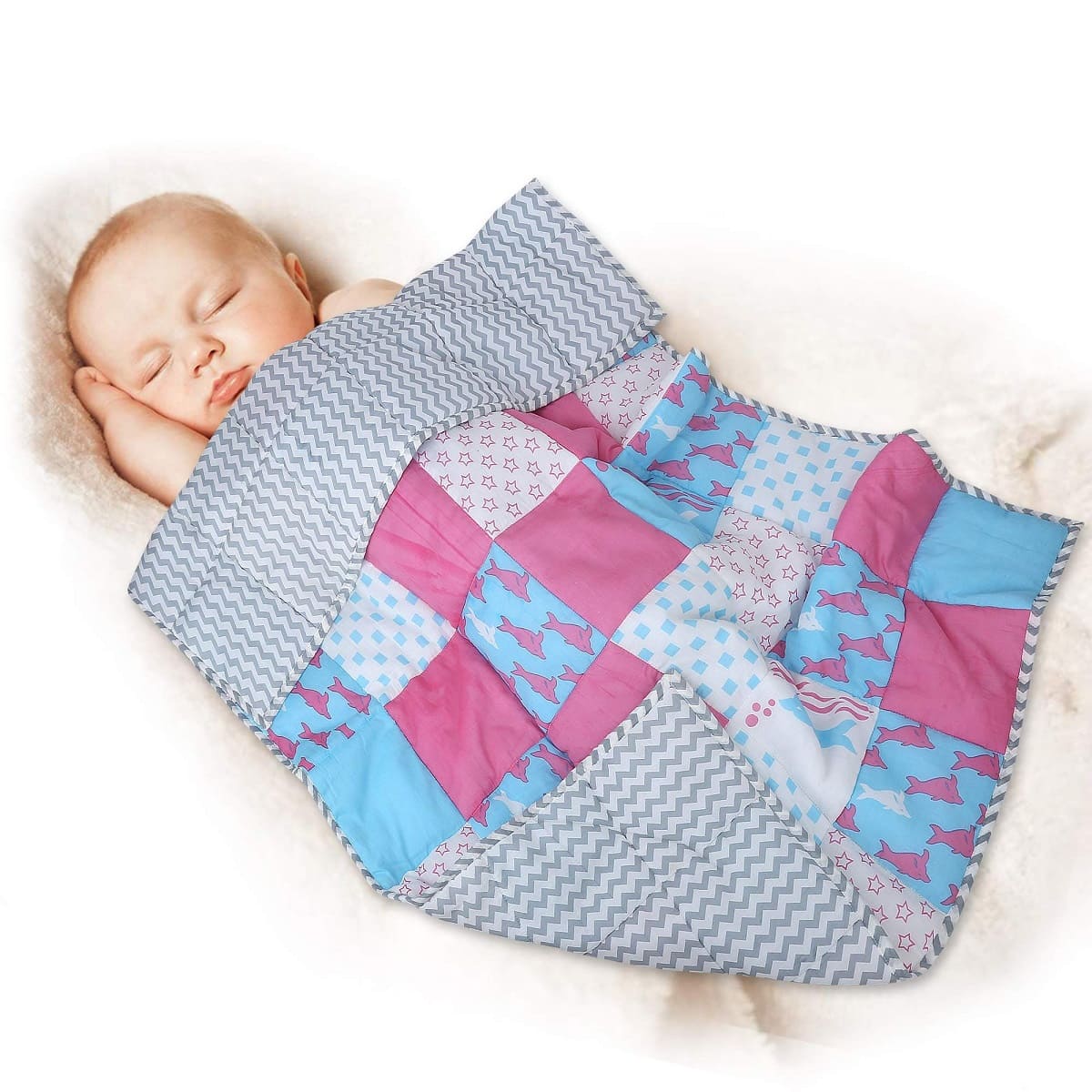
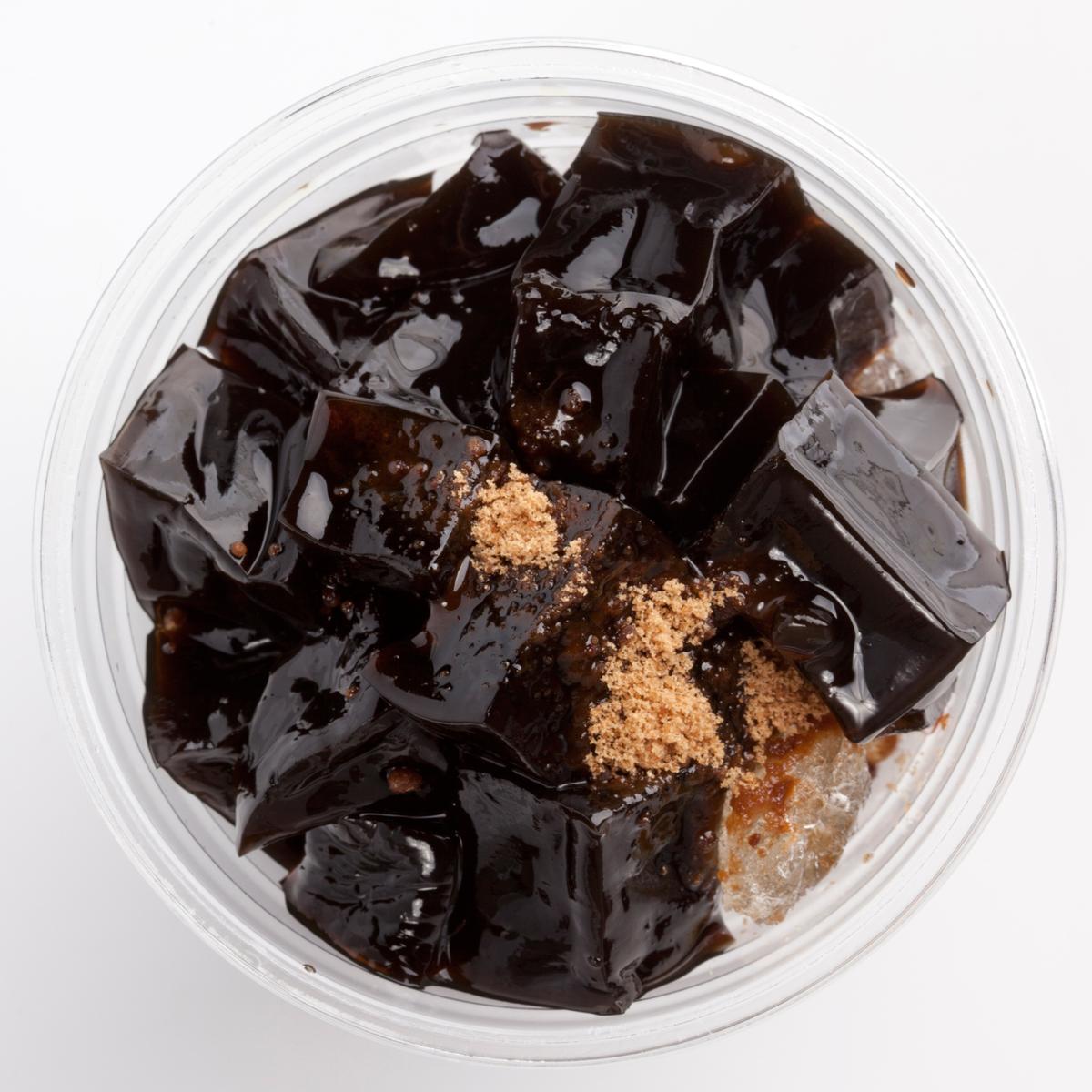
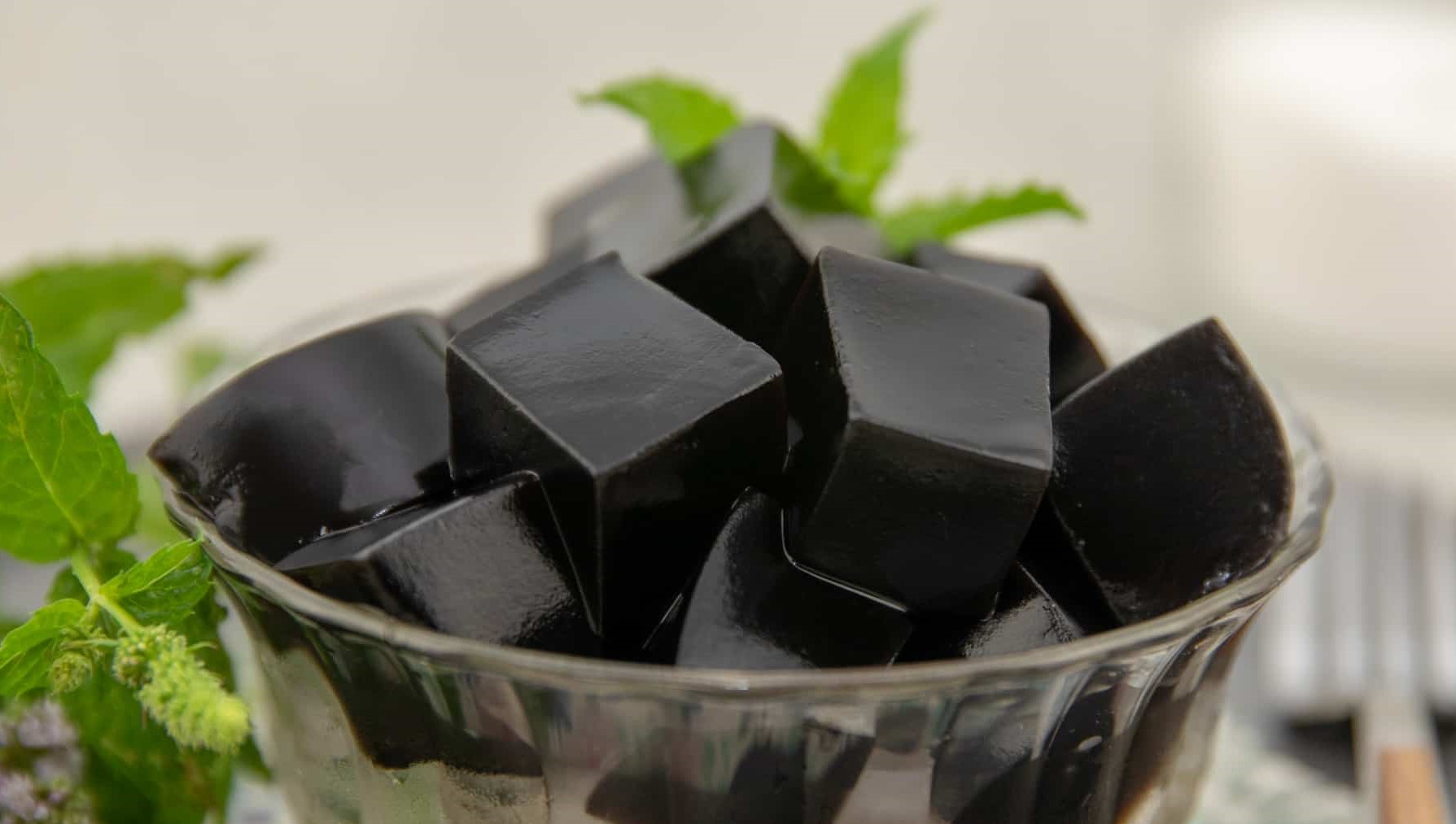

0 thoughts on “What Size Quilt Does A Jelly Roll Make”